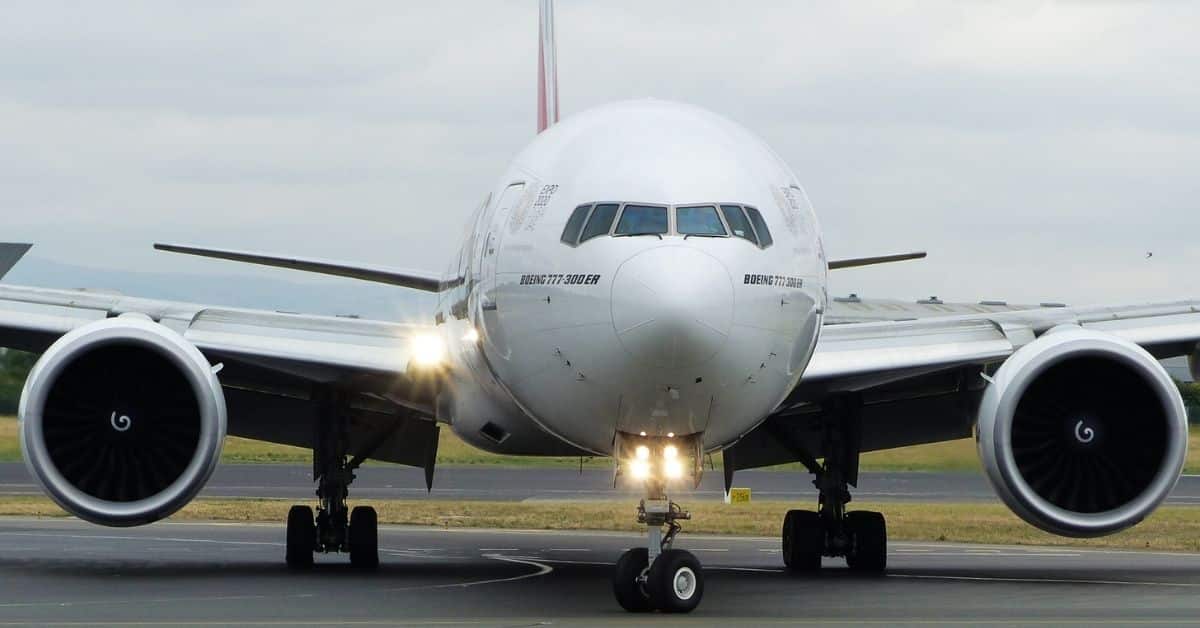With hectic flying schedules, you may often wonder if airplanes ever get downtime between flights. The fact in the matter is yes, they do. Although they may be flying back-to-back over that busy summer or ski season, airplanes have their downtime aswell. So, when and why?
Why do Airplanes Require Downtime?
Due to the strict regulation surrounding safety and maintenance, each aircraft in the sky has its own maintenance program.
This is essentially a program that outlines when and what maintenance the airplane needs. Airlines must factor this into consideration when planning their routes.
This maintenance program varies greatly between aircraft however there is typically a system in place. This system has what is known as checks.
There are typically 3 main checks in which an aircraft is required to undergo. These checks are known as the A, C, and D check. There was a B check historically however it has since been merged amongst the 3 other checks.
- A-Check: typically conducted every few hundred flight hours. Involves inspecting the aircraft for corrosion and potential issues; aircraft downtime involved typically is 10 hours. Typically regarded as “Light Maintenance”.
- C-Check: Conducted every 18-24 months or as stated by manufacturer’s specifications; unlike the A-Check, this check is more thorough and involves inspecting the aircraft and its components. Downtime for this check is typically 1-2 weeks.
- D-Check: Also commonly referred to as a heavy maintenance check, the D-Check involves the aircraft and its components being partially dismantled for overhaul and inspection. This check occurs every 6-12 years and the aircraft remains in the hangar for 2-3 months. This is a costly expense for the airline to undertake.
Aside from scheduled maintenance checks, an aircraft may be subject to unscheduled maintenance from time to time due to an unexpected fault or failure being diagnosed.
This can lead to huge operational disruptions for both the airline and passengers. It can lead to a huge loss of operating revenue for the airline due to potential compensation claims from passengers.
As a result, aircraft maintenance programs often have forecasting in place known as “Predictive Maintenance”, in which historical data is used to predict aircraft component failures before they occur.
This gives the airline time to avoid this technical fault becoming a reality.

Other Reasons for Aircraft Downtime
These examples involving maintenance are perhaps the most common scenarios in which an aircraft may be not flying or resting. However, there have been instances during the Covid-19 global pandemic in which aircraft also had downtime for several months.
During the height of the pandemic, aircraft were kept in a condition known as preservation and/or storage. Many airplanes remained in this condition for several months and in some cases, even a year.
This is a practice in which the aircraft is parked at an airport with no intention of flying. Specialist covers are placed on the aircraft’s components such as the engines and sensors to ensure they do not get damaged while being stored.
Aside from the examples given above, it is unusual for an airliner to be sitting around for long. This is since airplanes only make money when they are in the sky, so airlines try to maximize this time.
The interval in which an aircraft is parked at the airport gate awaiting its next departure is referred to in the industry as the turnaround phase.
While the airplane has some downtime, it is often not for long at all. Many carriers nowadays have just a 30-minute turnaround time, which is the window of time in which an aircraft arrives at its gate before departing once again.
The turnaround period gives the aircraft time to get refueled (if required), catering to be loaded and passengers to be boarded.
In warmer climates, the aircraft’s tires often need time to cool down during this period as the brakes tend to get hot after landing.
The cooling of brakes and tires after landing is typically unique to warmer climates. However, there are instances in which an aircraft’s brakes may be too hot after landing (due to heavy braking).
Apart from maintenance, an aircraft is designed to fly a great number of flights so it can maximize revenue for the airlines. Airlines try to fly their aircraft on the highest frequency of services possible.
Outside of the events listed above, it is rare to see a commercial airplane idle for long. In some circumstances, the aircraft gets some downtime in between schedules. However, this is becoming increasingly rare due to the high demand for air travel in the modern world.
Read More:
Is The B787 Dreamliner Safe? – A Complete Analysis

After visiting more than 60 countries, I have probably been on every type of plane there is and visited countless airports. I did my very first international solo trip to South Africa at the age of only 16 and haven’t really stopped traveling since.
Despite the adventurous travel itch, I do have a nerdy side as well – which is satisfied by writing about all things aviation “too boring” for my regular travel blog.
